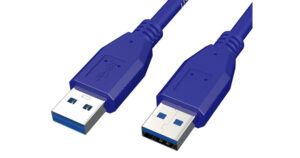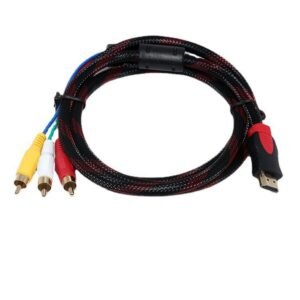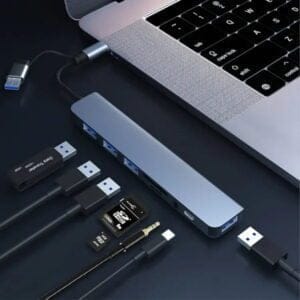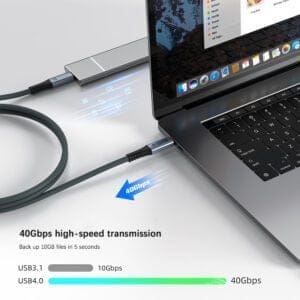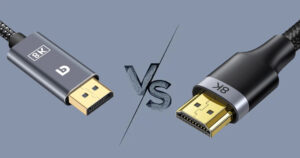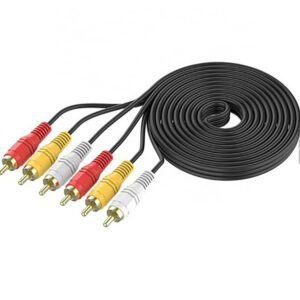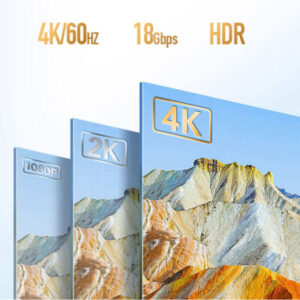
¿Cuáles son los tres tipos de cables HDMI?
En la era digital actual, los cables HDMI, como clave para conectar dispositivos multimedia, se utilizan ampliamente en diversos escenarios. Para muchas personas, comprender los distintos tipos y funciones de los cables HDMI puede resultar aún confuso. Explore los tres tipos de cables HDMI para ayudarle a elegir el que mejor se adapte a sus necesidades. Para más detalles, consulte el siguiente artículo. Introducción ¿Qué es un cable HDMI? El cable HDMI (High-Definition Multimedia Interface) es un cable digital utilizado para transmitir señales de audio y vídeo de alta calidad entre dispositivos. Al combinar audio y vídeo en un solo cable, se simplifican las conexiones de dispositivos como televisores, reproductores Blu-ray, videoconsolas y ordenadores.

